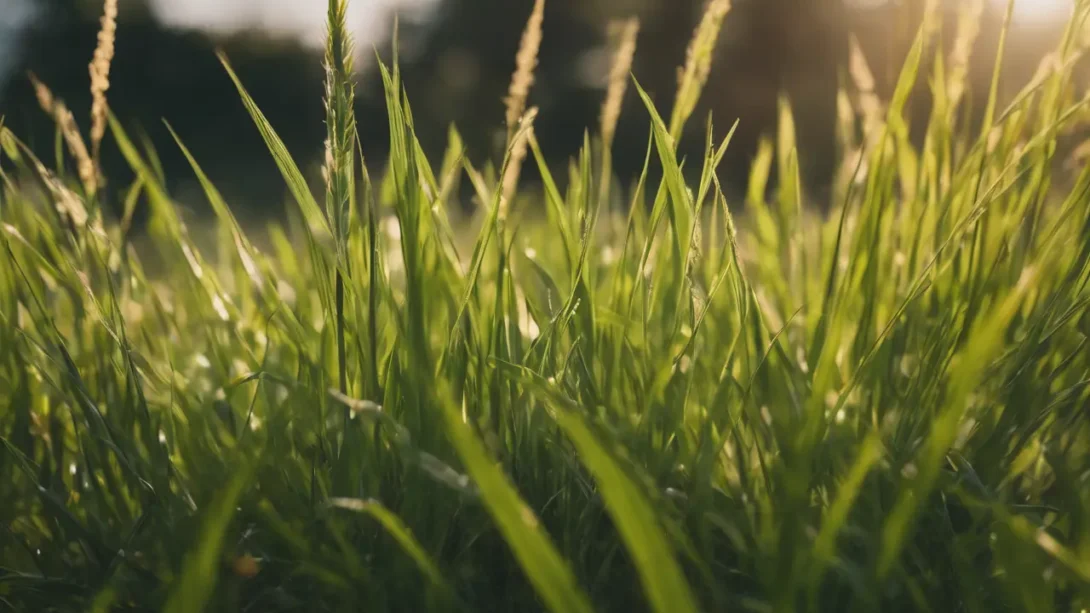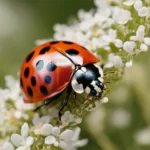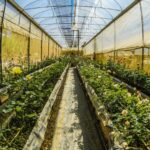Grasses are an integral part of ecosystems around the globe, playing critical roles in agriculture, landscaping, and natural habitat sustainability. Understanding how grasses reproduce is essential for effective gardening, agricultural practices, and environmental conservation efforts. This article will delve into the complex world of grass reproduction, exploring both sexual and asexual methods and their implications for ecosystems and human use.
The Basics of Grass Biology
Grasses belong to the Poaceae family, a diverse group with over 11,000 species thriving in habitats ranging from savannas to forests, and even urban environments. The basic structure of a grass plant includes the roots, which anchor the plant and absorb water and nutrients; shoots, which are the stems and leaves that grow upward; and the reproductive parts, which include flowers and seeds.
Plant Structure
The simplicity of grasses belies their sophisticated adaptation to environments. Grass leaves grow from the base, allowing the plant to continue growing even after being grazed by animals or cut by a lawnmower. This resilience is a key factor in the success of grasses worldwide.
Sexual Reproduction in Grasses
Sexual reproduction in grasses involves the production of seeds through the flowering process, pollination, and fertilization. This method ensures genetic diversity, which is crucial for the adaptability and survival of grass species.
Flowering Process
Grasses flower in a manner quite different from many other plants. Their flowers are typically less conspicuous, lacking the showy petals seen in flowering plants. Instead, grass flowers are organized into units called spikelets, which further contain florets. These florets are where the reproductive organs reside. Grasses usually rely on wind pollination, hence the reduced need for attractants like colorful petals.
Structure of a Grass Flower
A grass spikelet comprises one or more florets, each containing the essential reproductive organs. The male parts, or stamens, release pollen, which is carried by the wind to the female parts, or pistils, of other grass flowers. This strategy of relying on wind rather than insect pollinators influences many aspects of grass biology and distribution.
Pollination and Fertilization in Grasses
The journey from pollination to fertilization in grasses is a testament to their adaptability and efficiency. Unlike many flowering plants that rely on insects or animals for pollination, grasses have evolved to utilize the wind, a ubiquitous and constant environmental force.
Pollination Process
In grasses, pollination begins when the anthers of a grass floret release pollen into the air. This pollen is carried by the wind to the stigmas of other grass flowers, a process that is highly dependent on the timing of flowering and the presence of wind. The design of grass flowers, with exposed stamens and feathery stigmas, maximizes the chances of catching pollen carried on air currents.
Fertilization After Pollination
Once pollen grains land on a receptive stigma, they germinate, growing a pollen tube down the style to the ovary, where fertilization occurs. The fertilized ovule then develops into a seed, encapsulated within the fruit of the grass, known as a caryopsis or grain. This process ensures the genetic diversity vital for the adaptability and resilience of grass species.
Seed Development and Dispersal
After fertilization, the grass seed develops within the protective enclosure of the floret. Seed development is crucial for the continuation of the species, providing the means for grasses to spread to new areas and regenerate after disturbances.
Seed Dispersal Mechanisms
Grass seeds are dispersed by various mechanisms, including wind, water, animals, and human activities. Some grasses produce seeds with specialized structures, such as awns or hairs, that help them catch the wind, while others rely on animals to transport their seeds by adhering to fur or feathers. Human activities, such as agriculture and landscaping, also play a significant role in spreading grass seeds, both intentionally and accidentally.
Asexual Reproduction in Grasses
In addition to sexual reproduction, many grass species can reproduce asexually, a process known as vegetative propagation. This method allows grasses to spread and cover ground rapidly without the need for seed production and germination.
Vegetative Propagation
Grasses can propagate vegetatively through structures such as stolons (runners) and rhizomes. Stolons are horizontal stems that grow along the soil surface, producing new plants at nodes along their length. Rhizomes, in contrast, are underground stems that grow horizontally, sending up new shoots to the surface. These methods of asexual reproduction enable grasses to form dense mats or turfs, effectively competing with other plants for space and resources.
Artificial Methods of Grass Propagation
In addition to natural methods of reproduction, humans have developed several techniques to propagate grasses artificially. These methods are particularly useful in agriculture, landscaping, and ecosystem restoration projects.
Sod Installation
Sod installation involves laying sections of pre-grown grass, complete with roots and soil, over prepared ground. This method allows for an instant lawn and is especially beneficial for erosion control and rapid establishment of vegetation in areas where seed-based growth may be slow or unreliable.
Sprigging and Plugging
Sprigging involves planting segments of grass stems that have nodes capable of rooting and producing new shoots. Plugging, on the other hand, uses small sections of sod that are inserted into the ground at regular intervals. Both techniques are effective for establishing grass in sparse areas, repairing damaged lawns, or introducing new grass species to an area.
Factors Influencing Grass Reproduction
The success of grass reproduction, whether sexual or asexual, is influenced by various environmental conditions. Temperature, light, water availability, and soil nutrients play critical roles in the growth and reproductive cycles of grasses.
Environmental Conditions
- Temperature and light are crucial for triggering flowering in many grass species. Some grasses require specific lengths of daylight, known as photoperiods, to initiate the reproductive process.
- Water availability influences both seed germination and the growth of vegetative structures like rhizomes and stolons.
- Soil nutrients are essential for the overall health of the grass, impacting its ability to reproduce and sustain new growth.
Human Activities
Human actions, including mowing, irrigation, fertilization, and the application of herbicides, can significantly affect the reproductive success of grasses. Proper management practices can enhance grass reproduction and establishment, while neglect or improper care can hinder these processes.
Challenges and Adaptations in Grass Reproduction
Grasses face numerous challenges in their environments, from drought and grazing pressure to competition with other plant species. However, their diverse methods of reproduction, both sexual and asexual, have enabled them to adapt to a wide range of conditions and habitats.
Adaptive Strategies
- Drought resistance: Many grass species produce deep root systems to access water from deeper soil layers, while others enter a dormant state during dry periods.
- Grazing tolerance: The ability of grasses to grow from their base or quickly regenerate from rhizomes or stolons allows them to recover from grazing.
- Competitive growth: Fast-growing stolons and rhizomes can quickly cover ground, outcompeting slower-growing plants for space and resources.
Conclusion
Understanding how grasses reproduce is essential for managing landscapes, agricultural areas, and natural ecosystems. The diversity of reproductive strategies among grass species highlights their adaptability and resilience in the face of environmental challenges. Whether through the wind-pollinated dance of their tiny flowers, the creeping advance of their rhizomes and stolons, or the human-assisted spread of sod and plugs, grasses continue to play a crucial role in our world. By appreciating and harnessing these reproductive mechanisms, we can ensure the health and sustainability of grass-dominated ecosystems for generations to come.




